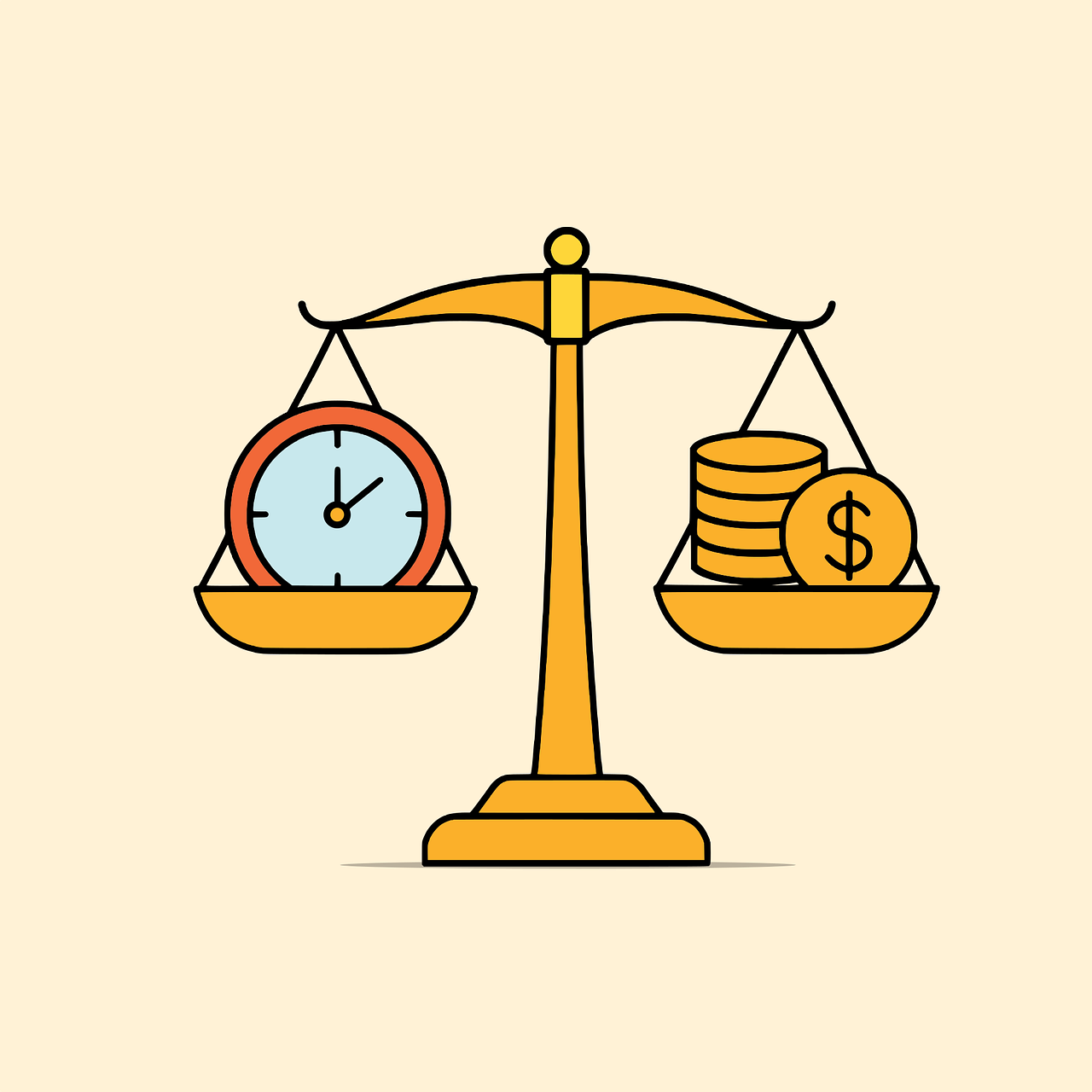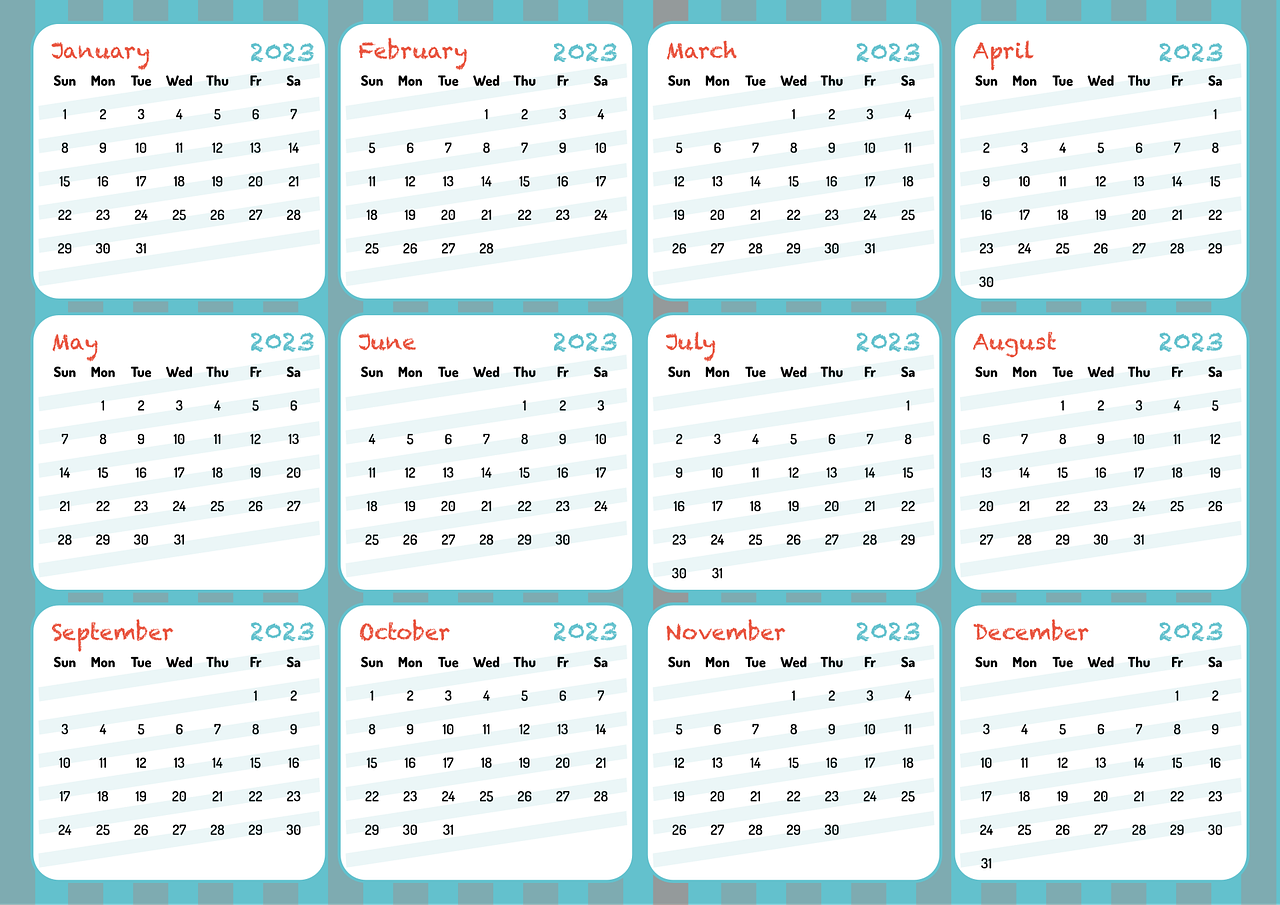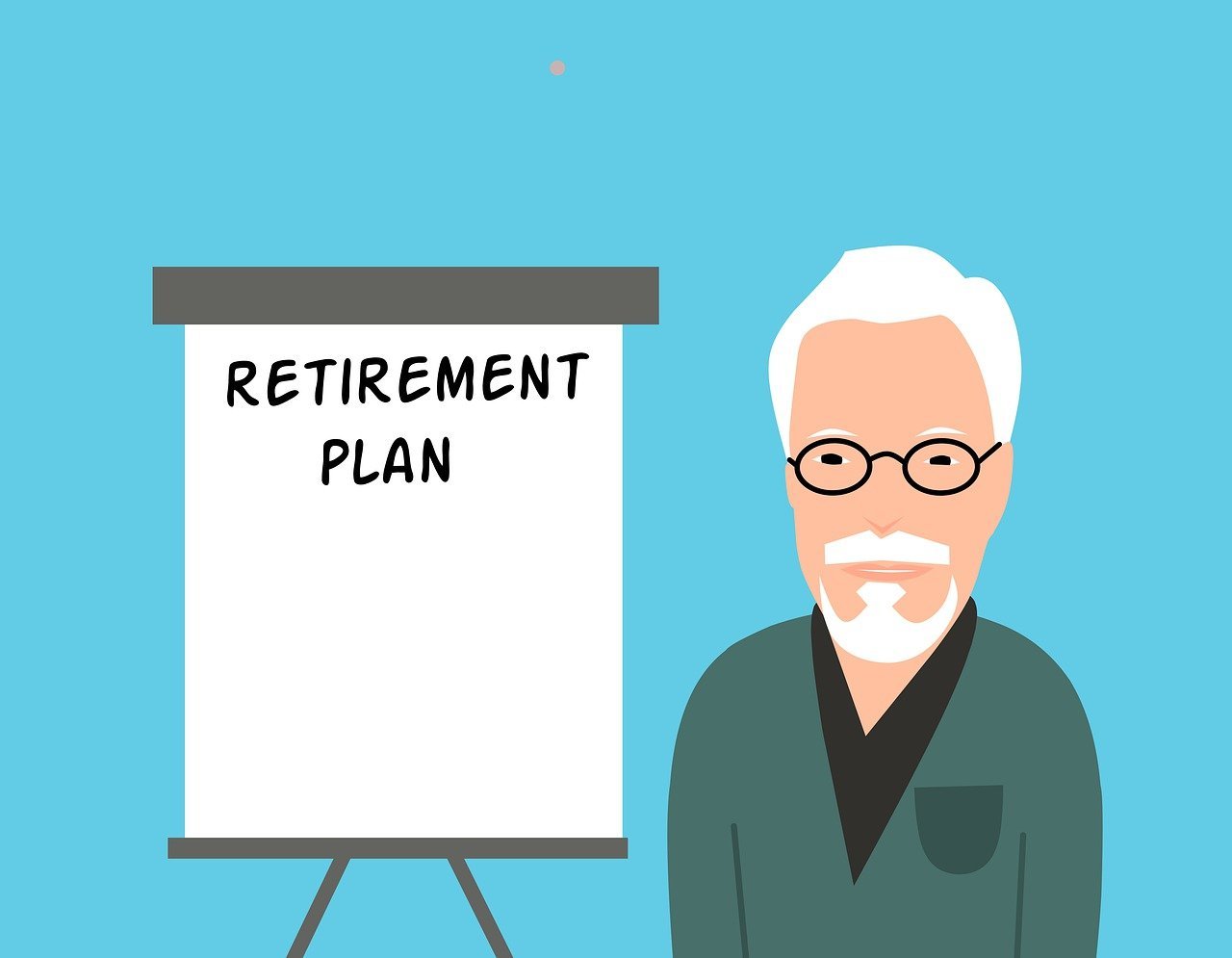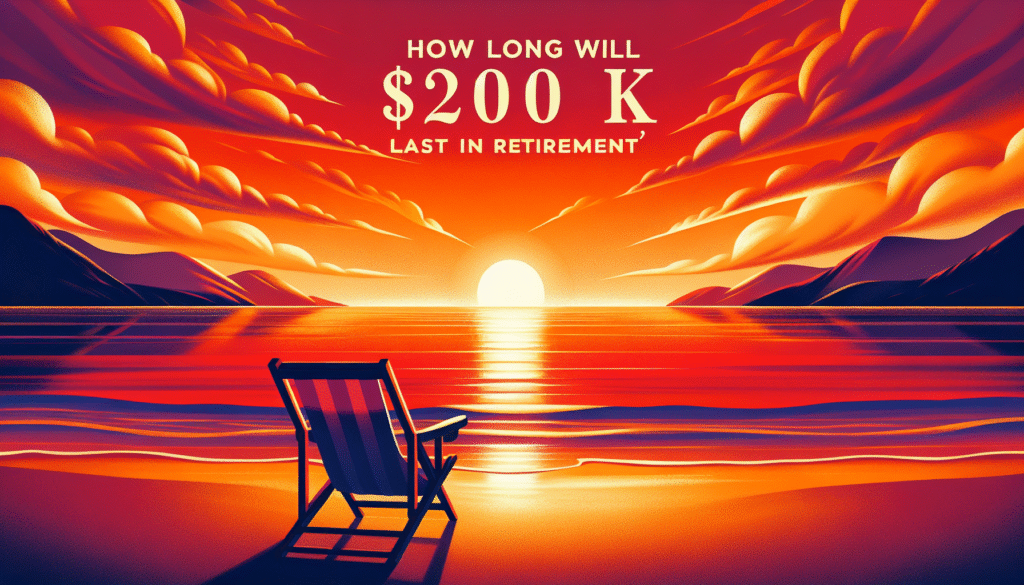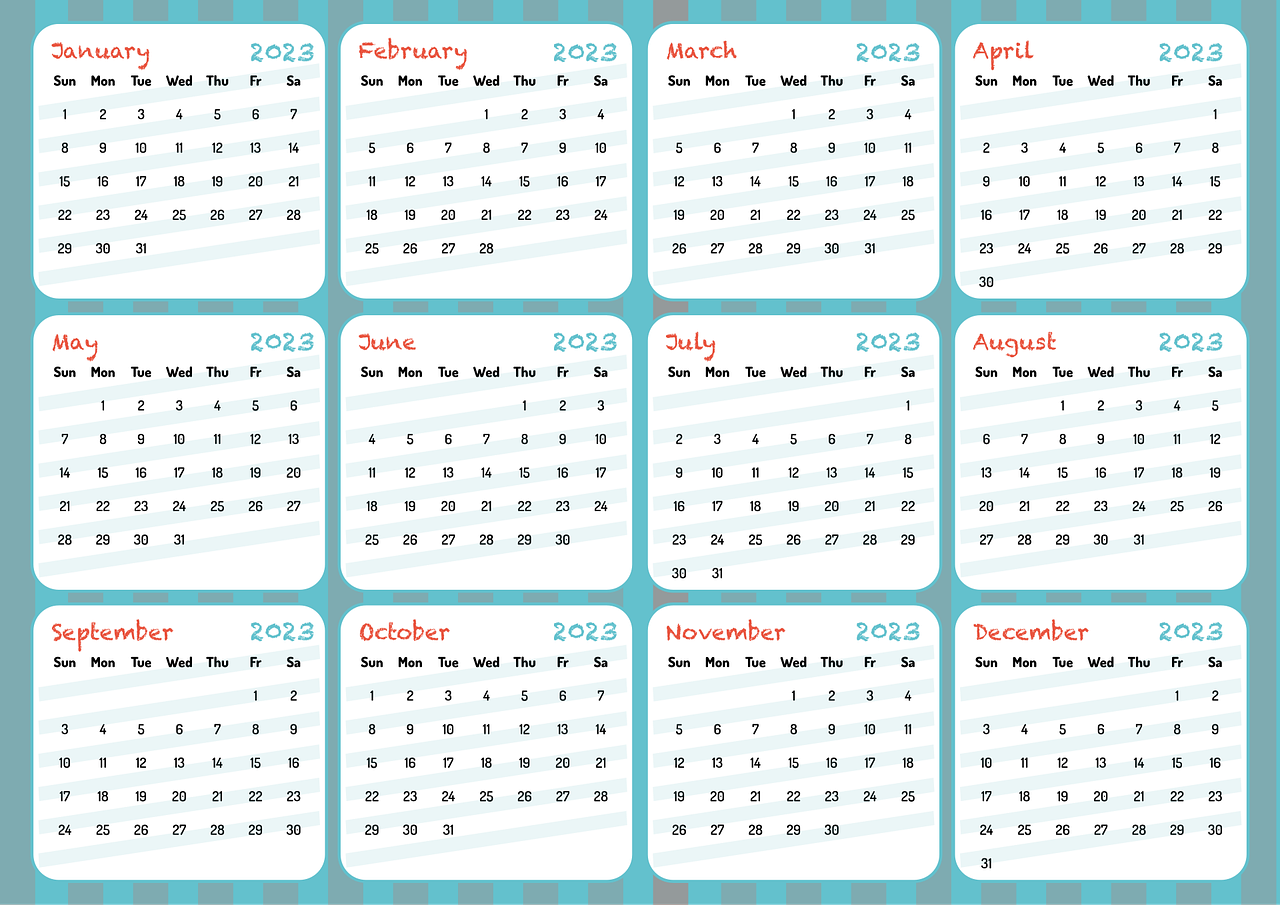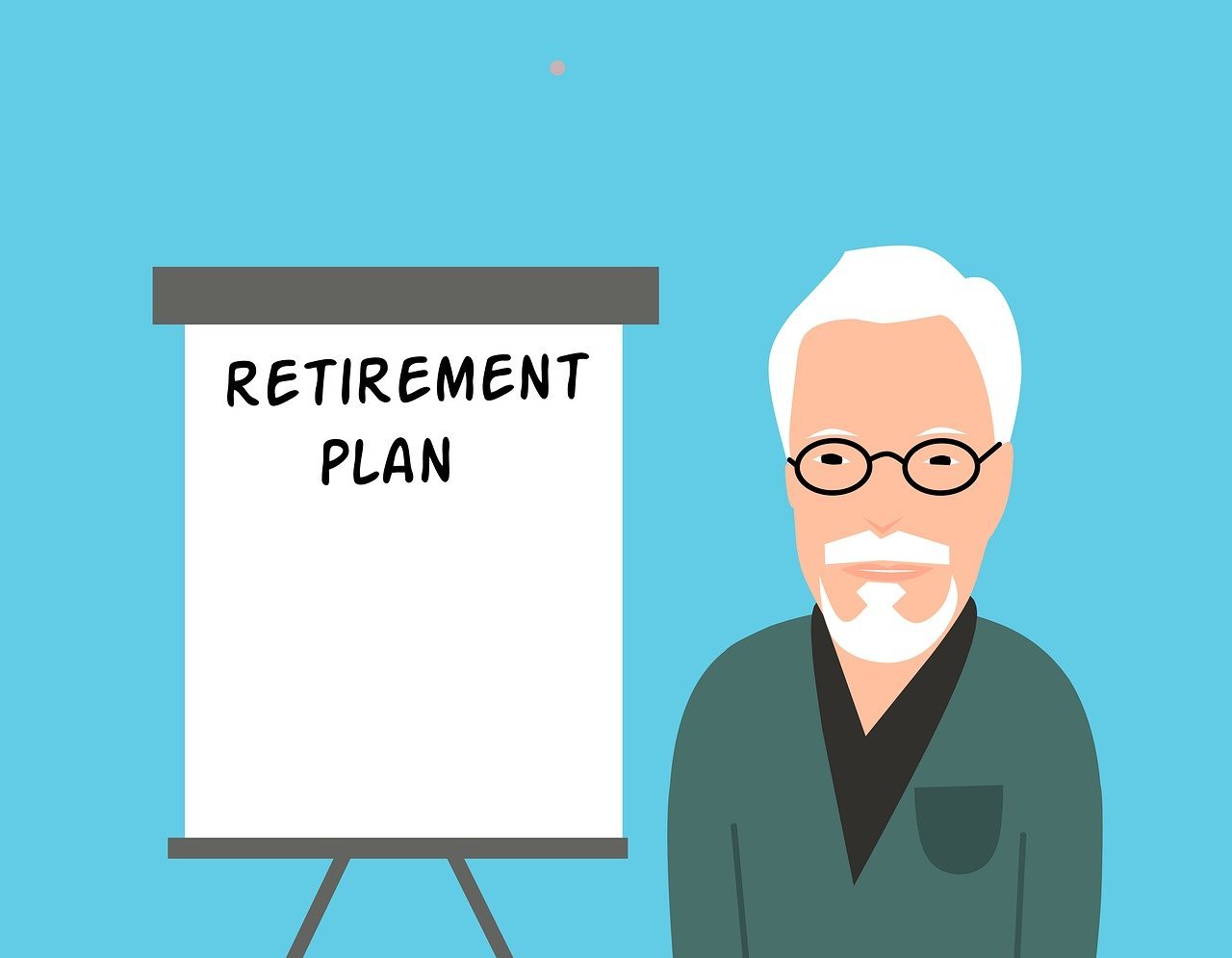How many retirees do you think have $2 million tucked away for their golden years? It’s a question that might have crossed your mind as you think about your own retirement savings, or maybe you’re just curious about the financial landscape for retirees today. This figure, $2 million, is often thrown around as a benchmark for a comfortable retirement, but how common is it really?
Understanding retiree wealth can give you a better picture of the financial world you’ll be entering, whether retirement is around the corner or a few decades away. Let’s break down the topic, explore the statistics, and discuss what having $2 million in retirement savings really means.

This image is property of pixabay.com.
The Ideal Retirement Goal: Is $2 Million a Magic Number?
When considering retirement, the question of how much money you need often surfaces. For some, $2 million might seem like an astronomical amount, while for others, it’s a targeted goal. But why $2 million? What makes this figure significant in retirement planning discussions?
The $2 Million Benchmark
The idea of $2 million as a retirement goal stems from the desire for financial stability and comfort. Financial advisors often use various rules, such as the 4% rule, to estimate how much one should withdraw annually in retirement without depleting savings prematurely. With $2 million, following the 4% rule allows for an $80,000 annual withdrawal, which many consider a solid income to maintain a comfortable lifestyle.
Adjusting for Inflation and Lifestyle
While $2 million might seem like a secure amount, it’s crucial to remember that inflation and personal lifestyle significantly impact how far that money will stretch. For instance, if you plan to travel extensively or have high medical expenses, you may require more. Conversely, a more frugal lifestyle may allow you to stretch those funds further.
How Common is $2 Million Among Retirees?
You might be wondering just how many retired individuals have amassed a $2 million nest egg. The answer lies in wading through data and statistics that offer a glimpse into the financial state of retirees.
Statistical Insights
According to the Federal Reserve’s Survey of Consumer Finances, only a small percentage of retirees have over $1 million in savings, let alone $2 million. The reality is that achieving such a high level of savings is challenging for many, but not impossible.
Economic Disparities and Their Impact
The wealth gap and economic disparities play a significant role in these statistics. Factors such as income inequality, education, and access to financial resources influence how much individuals can save for retirement. Therefore, while some retirees may exceed the $2 million mark, many others fall short due to these systemic issues.

This image is property of pixabay.com.
Steps to Build a $2 Million Retirement Fund
If reaching $2 million for retirement seems daunting, know that with the right strategies and commitment, it’s an achievable goal. Here’s how you can work toward this milestone.
Start Early and Be Consistent
The earlier you start saving, the more time your money has to grow through compound interest. Even if you’re starting later, contributing consistently can significantly impact your retirement fund. Make it a habit to set aside a specific portion of your income for retirement savings.
Diversify Your Investments
Diversification is key to building a robust retirement fund. By spreading your investments across various asset classes, such as stocks, bonds, and real estate, you can reduce risk and increase the potential for growth. Consider both short-term and long-term investments to balance your portfolio.
Leverage Employer Benefits
Many employers offer retirement savings plans, such as 401(k)s, that often include matching contributions. Taking full advantage of these benefits is crucial to boosting your retirement savings. Ensure that you’re contributing enough to qualify for any company matches, as this is essentially free money.
Monitor and Adjust Your Plan
Regularly review your retirement plan and adjust as needed based on market conditions and your personal financial situation. Staying informed and adaptable ensures that you remain on track to meet your retirement goals. Don’t hesitate to consult with a financial advisor for personalized guidance.
The Role of Social Security and Pensions
While personal savings are a crucial component of retirement planning, Social Security and pensions also play a role in maintaining financial security during retirement.
Understanding Social Security Benefits
Social Security provides a financial foundation for many retirees. Understanding how your benefits are calculated and when to start collecting them can maximize your monthly payments. Remember, delaying benefits beyond the minimum eligible age can increase your monthly amount.
Pensions: A Fading Benefit
While pensions were once a common part of retirement packages, their presence has diminished in recent years. However, if you are among the few who still receive a pension, this can significantly enhance your retirement income, reducing the amount you need from personal savings.

This image is property of pixabay.com.
Challenges in Achieving $2 Million
While the idea of having $2 million for retirement is appealing, several challenges can make this goal difficult to achieve. Understanding these obstacles can help you prepare better.
Rising Cost of Living
The cost of living, particularly healthcare expenses, continues to rise, affecting how much you’ll need to maintain your lifestyle in retirement. Inflation and unexpected costs can quickly erode retirement savings, making it essential to plan for these variables.
Financial Literacy and Planning
Achieving a $2 million savings goal requires a strong understanding of personal finance and strategic planning. Unfortunately, many individuals lack the necessary financial knowledge, which can impede their ability to save effectively. Educating yourself on financial basics and consulting experts can bridge this gap.
Economic Uncertainty
Market volatility and economic downturns can impact your investments and savings. Staying informed and maintaining a diversified portfolio can help mitigate risks associated with market fluctuations.
Lifespan and Longevity Considerations
In planning for retirement, it’s also essential to consider how long you might live. Increasing lifespan means retirement savings need to last longer, placing additional importance on ensuring you have sufficient funds.
Longevity Risk
Living longer increases the risk of outliving your savings, a scenario known as longevity risk. Planning for a longer-than-average lifespan by saving more or investing wisely can prevent financial strain in your later years.
Health and Long-Term Care
Healthcare costs can deplete retirement savings rapidly, especially as you age. Long-term care insurance and planning for potential medical needs can provide peace of mind and financial security.

Achieving Peace of Mind with Your Retirement Plan
Ultimately, the goal of building a substantial retirement fund goes beyond merely having a large number in the bank. It’s about achieving peace of mind, knowing you can enjoy your retirement years without constantly worrying about finances.
Setting Realistic Expectations
While $2 million is an admirable goal, it might not be realistic for everyone. Tailor your retirement plan to your personal circumstances, focusing on a number that allows you to live comfortably and meet your individual needs.
Planning for What You Can Control
You can’t predict everything about the future, but focusing on aspects you can control, such as saving methods, investment strategies, and retirement age, helps in building a secure retirement plan.
Consulting with Professionals
Financial advisors and planners can offer invaluable insights into retirement planning, helping you understand the best strategies for your situation. Consider reaching out to a certified professional for assistance in crafting a retirement plan that aligns with your goals.
Conclusion
So, how many retirees have $2 million tucked away? While exact numbers vary, what’s clear is that with careful planning, a thoughtful strategy, and an awareness of potential hurdles, amassing a $2 million retirement fund is within reach for many. It’s about understanding your financial landscape, setting realistic goals, and taking consistent steps towards securing your financial future. Wherever you fall on the savings spectrum, remember that the key to successful retirement planning is adaptability, commitment, and informed decision-making.









